Midterm Elections: The Generational Gap in American Politics
Just a few decades back, women, people of color and other minority groups had to fight for their right to vote. Today, students at Cherry Hill East create posters and flyers to encourage their peers to stay informed and to go out to the polls.
November 2, 2018
With November 6 just around the corner, midterm elections are fast approaching. On National Voter Registration Day, more than 800,000 people registered in preparation for this year’s elections, an all-time high.
For many members of Generation Z and newly-turned 18-year-olds, November 6 will mark their first time casting a vote. As polarized as the divide between Democrats and Republicans appears, there also seems to be an ever-growing split across generations.
On issues from abortion to immigration, race to foreign policy, the two younger generations “Generation Z” and “Millennials” continue to spread further and further away from their predecessors, the “Baby Boomers” and the “Silents.”
According to the Pew Research Center, just 27 percent of Millennials and 36 percent of Generation Xers approve of Donald Trump’s post-year job performance, in comparison to the 46 percent of Silents and 44 percent of Boomers who approve.
Read on to learn more about how the coming generation of voters contrasts with the present, and what the younger and older generations have to say on politics, news and activism.
Midterm Overview
This year’s midterms will elect the 116th Congress of the United States and will also decide control of state houses and local legislatures. The congressional elections are the first of President Donald Trump’s administration, and voters largely see Trump as a deciding factor as to which lever they will pull on November 6 (or earlier).
The Senate
Thirty-three seats, a third of the US Senate, are up for election in 2018. Republicans currently enjoy a 51-49 majority, so Democrats need to pick up at least two seats to regain control (the two independents that caucus with the Democrats will be counted as Democrats here). The map is tough for them, however, Democrats must defend 24 seats in 23 states, nine of which Trump won in 2016. The Republicans must defend nine seats, only one of which, Dean Heller’s seat in Nevada, is in a state carried by Secretary Hillary Clinton in 2016. Six races are currently tossups, according to RealClearPolitics, and according to FiveFortyEight, Republicans are most likely to have a 52-48 Senate majority come January.
The House
The House of Representatives, as per usual, has all of its 435 voting seats up for re-election. The Democrats need a net gain of 24 seats or higher to win control of the chamber. Democrats are fighting in suburban and rural areas like Montana at-large, Orange County, Calif. and the suburbs of New York and Philadelphia in New Jersey. There are currently 36 tossup races, and according to FiveThirtyEight, Democrats are most likely to pick up a 233-202 majority.
The States
Thirty-five of fifty states will hold elections for governor this November. Republicans currently hold 33 governorships, Democrats 16, and Alaska has an independent governor. The Democrats would need a net gain of ten governorships or more to win a majority of state houses. There are 11 tossup races, according to RealClearPolitics, including extremely competitive races in Florida and Georgia, where Black progressives are attempting to prove that running to the left in a red state is a viable electoral strategy. These elections hold particular import because it will allow whichever party controls the governorship a seat at the table in their state’s redistricting after the 2020 Census. Forty-five states are holding elections for their state legislature this year, as well.
Generational Gaps:
Across generations, political ideology gets more and more conservative. In a Pew Research poll from March 2018, 12 percent of millennials self-reported as conservatives, as opposed to 23 percent of Gen X, 32 percent of Baby Boomers and 39 percent of the Silent Generation. There is also a wider gap in generational ideology this midterm cycle than in years past, according to a January Pew Research poll.
Students share their views on political topics
Scroll through the gallery below to learn more about what Cherry Hill High School East students think regarding various political issues!

Revolting children in a revolting world: youth activism in America
In the United States, the tradition of political protest and organized outrage has passed from generation to generation. As the older generations settle into more conventional means of political engagement, young people attempt to make their voices heard, though they are disenfranchised. This year, youth political activism has been hyperfocused on the midterm elections, attempting to get millennials and older Generation Z-ers out to vote. To truly understand how this election has played out across generations, it is imperative to look at youth activism: its present, its past and its future.
Youth activism has become somewhat of an American tradition, going back as far as the 19th Century, when newsboys for the New York World went on strike. Fifty years later, a case precipitated by a youth-led school walkout made it all the way to the Supreme Court, eventually being combined with the landmark Brown v. Board of Education decision. A youth activist also refused to give up her seat on a bus in the South, a move which inspired Rosa Parks’ activism.
In the 1960s, young activists participated in the march from Selma to Montgomery to end the suppression of Black voters. College students also catalyzed the famous Woolworth lunch counter sit-ins. A student named Mary Beth Tinker, by refusing to take off her black armband, took a case to the Supreme Court which assured students that they do not shed their rights at the schoolhouse gate.
In 1970, college students protesting the Vietnam War were killed at Kent State University in Ohio in a decade marked by protests and anti-war activism. In the 70s, 80s and early 90s, college students catalyzed the movement to divest from Apartheid, a movement which helped bring an end to legal discrimination in South Africa.
However, these generations have lost their political spark. Older generations which once led progressive charges now tend to hold more conservative viewpoints, according to Pew Research Center. These viewpoints also appear in considering protests, as shown in this passage from the Washington Post:
Among adults ages 50 and older, 63 percent say kneeling during the national anthem is never appropriate, compared with 50 percent among those ages 30-49 and 38 percent of people ages 18-29. Among this youngest group, a 57 percent majority say anthem protests are appropriate.
Now, in 2018, youth activists are taking the charge on racial equality through Black Lives Matter, and on gun violence in the Never Again Movement, which was founded by students in the aftermath of a school shooting in Parkland, Fla. Their current goal? Get young people to vote in 2018.
At Cherry Hill East, the school’s chapter of Never Again held a meeting to make signs aimed at persuading seniors and teachers to vote. One such sign, made by Sophia Szenitas (‘19), read “your voice is your vote.”
“Historically, [millennial and Generation Z] turnout has been terribly low, but right now, we have the power and we have the numbers to create substantial change in this country,” said Madeliene Armstrong (‘20), president of Never Again CHE. For those who cannot vote, Armstrong recommends holding voter registration drives, canvassing and volunteering on political campaigns.
“It’s enlightening to remember that we can make progress with every coming day,” said Armstrong.
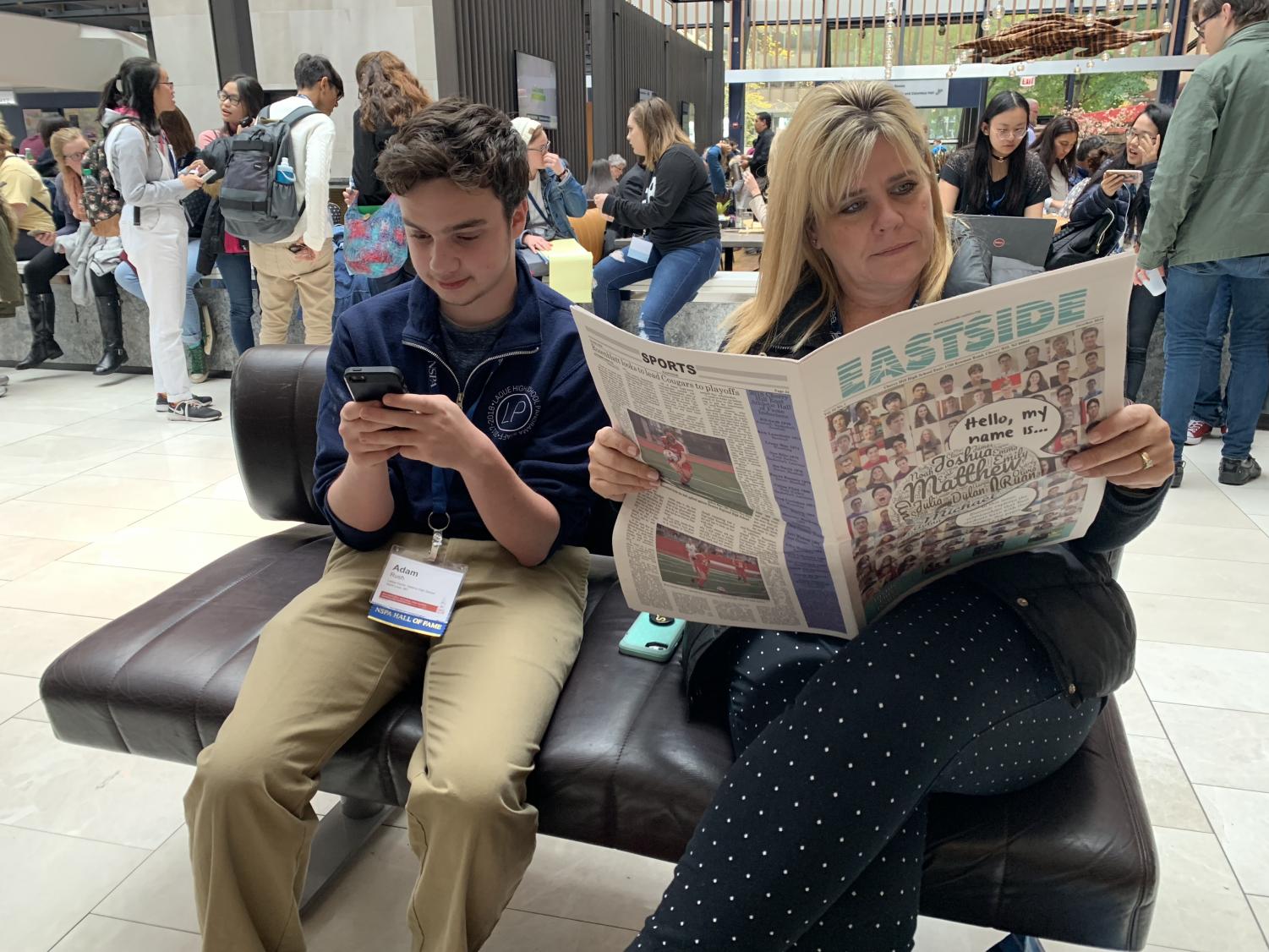
Generation Z and The Media
One would have thought there was a treasure trove in the back of the library at Cherry Hill East the day of the Kavanaugh hearings, but in fact, it was just a TV playing CNN. Generation Z’s relationship with media has drastically changed this election. No longer does America’s youngest generation crowd around a TV in anticipation of the 6 p.m. news, now, news articles and videos are being consumed in classrooms, lunchrooms and the library at the touch of a button or click of a remote.
First, some statistics: a whopping 95 percent of teens have access to a smartphone, according to a Pew Reseach Poll meaning that news alerts can reach a vast majority of Generation Z teens. In that same poll, 16 percent of teens who reported that social media was a positive influence on their life said that they used social media mostly for news. This social media presence has influenced the midterm elections. Celebrities such as Taylor Swift have utilized social media to get out the vote.
Interview with Chicago’s County Clerk
Election Reflection
As the midterm elections approach, student journalists at the National High School Journalism Convention and early voters on the streets of Downtown Chicago reflect on how they interact with news and politics.
Thanks for Reading!
Although the younger and older generations differ in their political perspectives, they share one sentiment in common — the midterm elections on Tuesday will mark a turning point for the country.
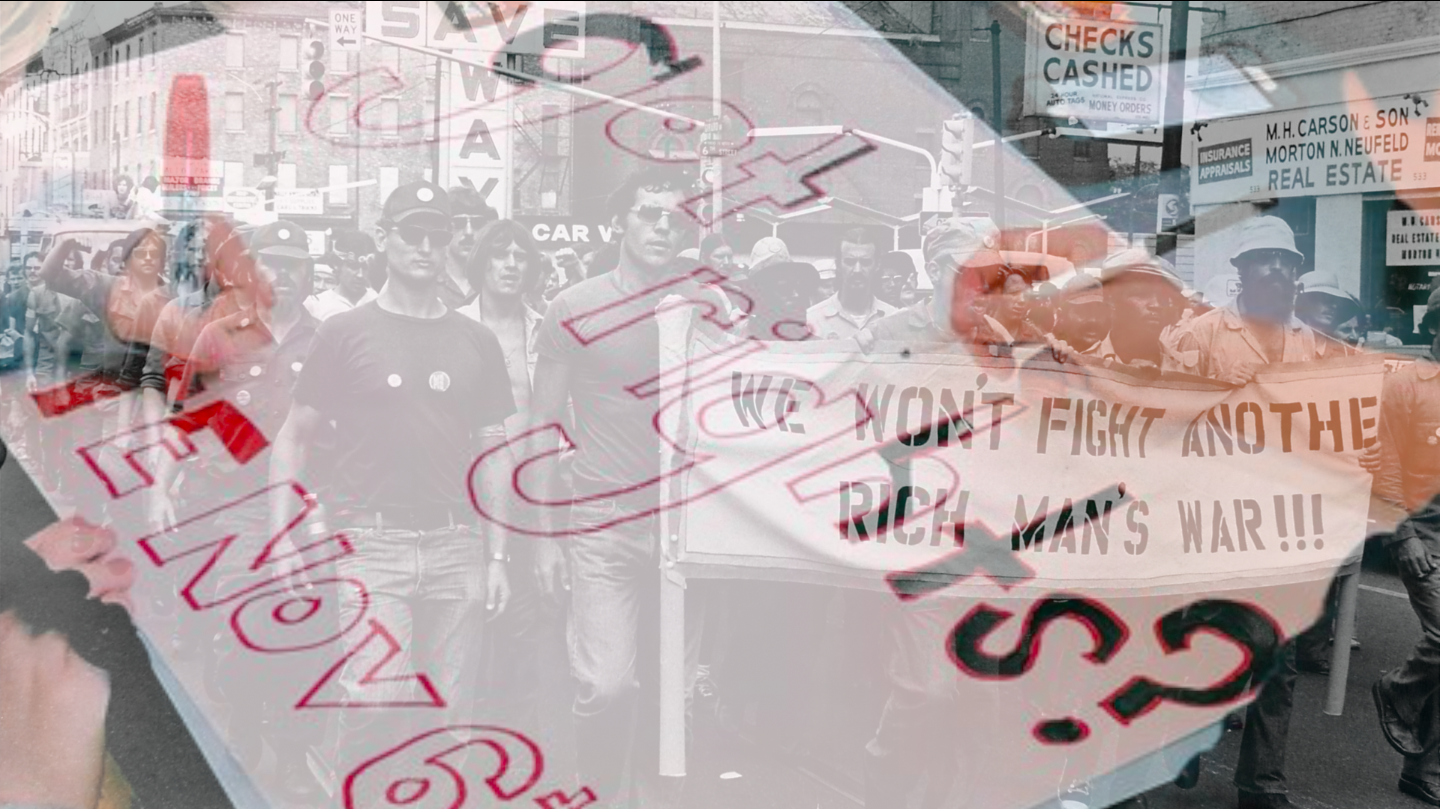


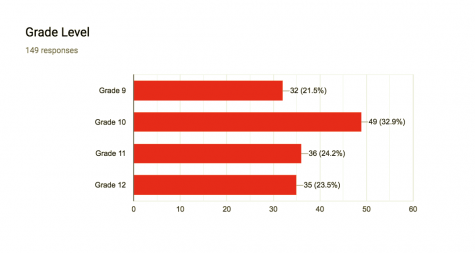
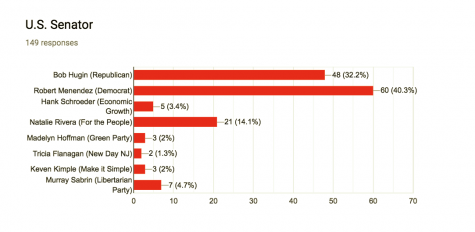
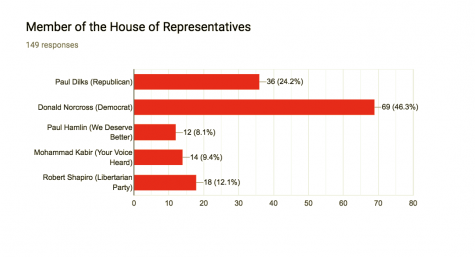

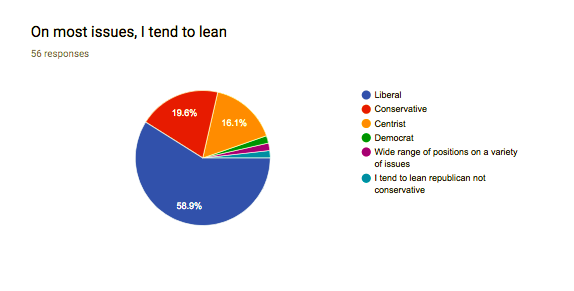
 These two Tennessee women
These two Tennessee women #VotingWhileBlack
#VotingWhileBlack